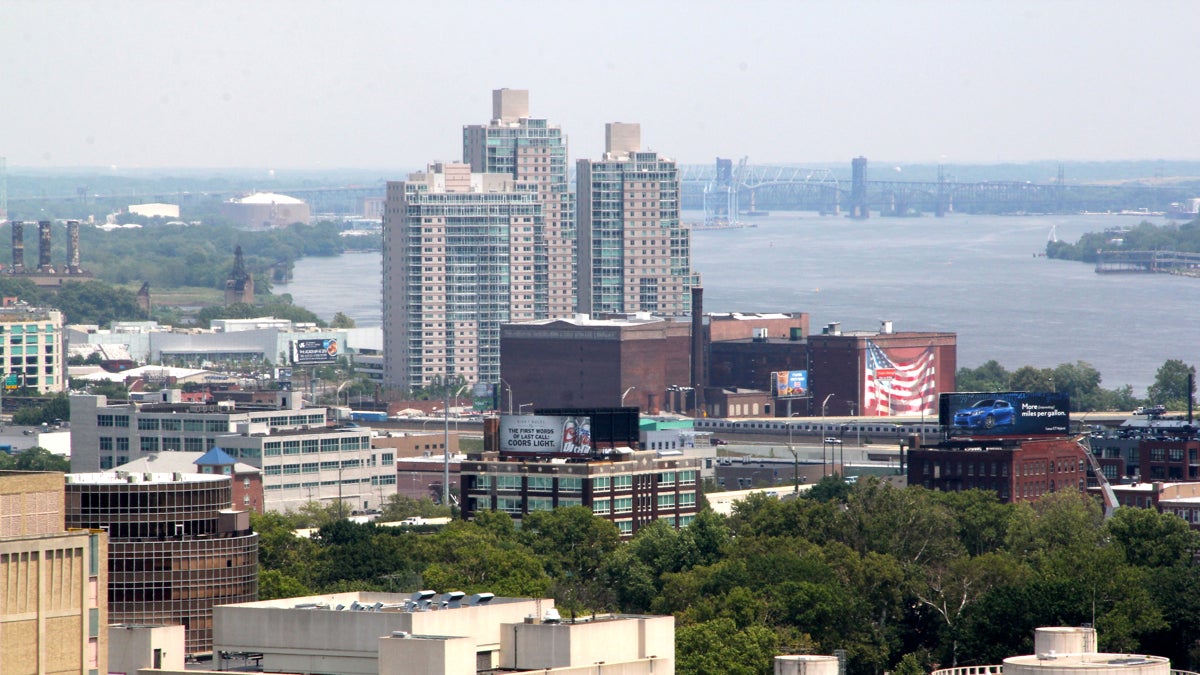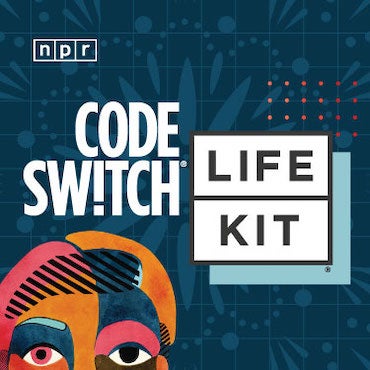Student meteorologist tackles challenge of predicting Philadelphia’s ozone pollution
Listen
The view northeast from 1234 Market St.
If you think predicting the weather is hard, try predicting ozone pollution levels. It’s a complex interplay of emissions and meteorology that’s difficult to get right. But one Penn State undergrad has stepped up to help make Philadelphia’s forecasts more accurate.
Ozone forms when other pollutants — expelled from cars or power plants, for example — react in sunlight. It’s hazardous to breathe in, so forecasters try to figure out when levels will be high so they can issue an orange or red code, and warn people to stay inside.
“Since about the early 2000s, nitrogen oxides and other pollutants have been steadily decreasing in our part of the country,” said Amy Huff, an air quality meteorologist at Penn State University.
That’s good news, of course. But it’s also meant that the statistical models developed to predict ozone no longer work. The team completely abandoned them in 2011 because they failed so miserably.
Last summer, Penn State senior Lexie Herdt jumped at the chance to do research that would contribute to a better forecast. She has several family members in South Jersey with asthma or cardiovascular problems who are sensitive to pollution.
“I started with a large amount of ozone-predictor variables, as we call them, which include things such as the temperature, the sky cover, [and] strength of the wind,” she said.
Working under Huff, Herdt whittled a list of more than 60 factors down to fewer than 10, and then used those to build a new model. She’ll be putting it to the test this summer as an intern at the Penn State Air Quality Forecast Office, where it will be used to help compile Philadelphia’s daily air quality index.
After that, Herdt is headed to Texas Tech for grad school, where she plans to continue her study of how pollution and weather combine to affect all of us on the ground.
WHYY is your source for fact-based, in-depth journalism and information. As a nonprofit organization, we rely on financial support from readers like you. Please give today.

